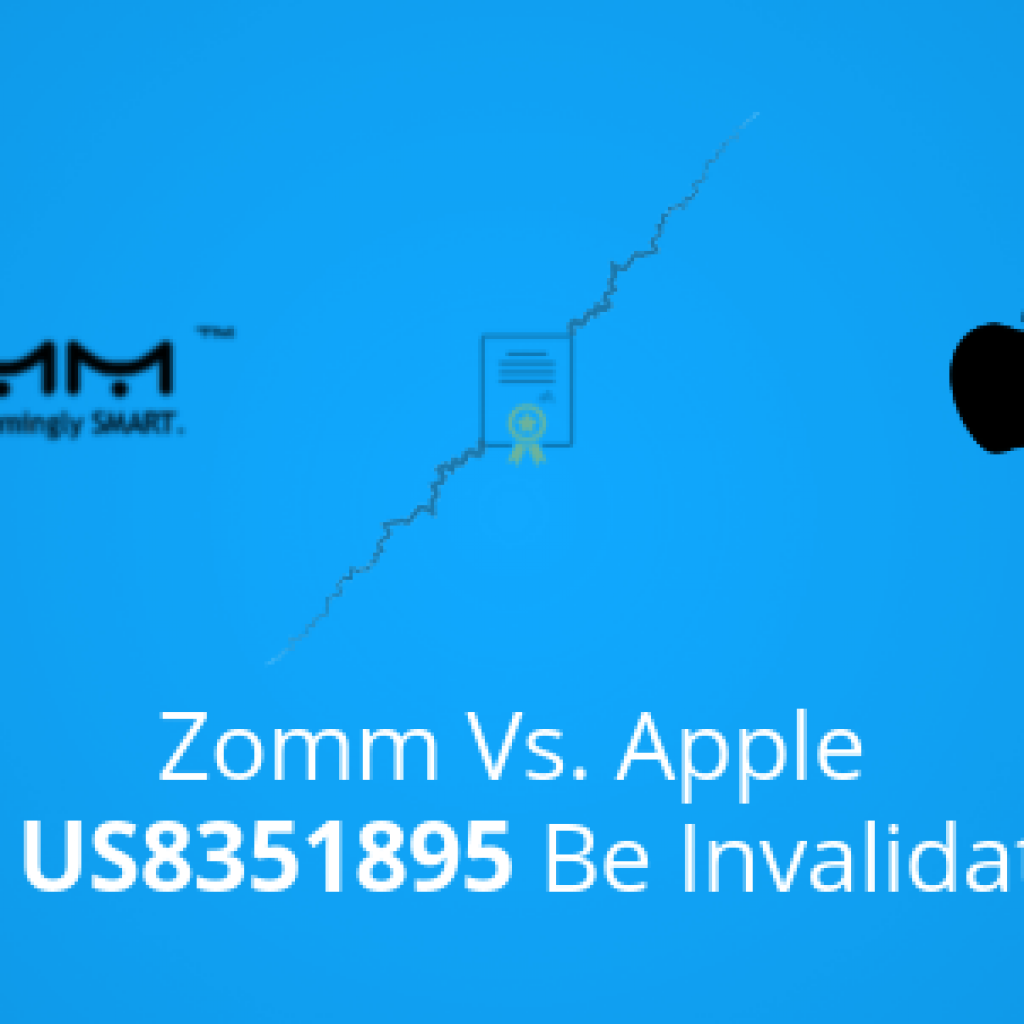We received a request from a client to invalidate a patent that is related to the concept of a random access procedure. More specifically, the patent was talking about a specific equation. Actually these days we are doing a hell lot of invalidation.
STORY
In this case, we got an important lead during the start of the search. While checking the file history of the patent, we observed that the concept of random access procedure was used in developing many standards. We tried to use this lead and started building different routes to reach the required result. The initial two routes were (1) Searching Standards and (2) Searching Patents.
We decided to act conventionally at first and started searching for patents. However, there was not much patent literature and soon we knew that searching patents are going to be a futile effort. We quickly moved all our efforts towards standards. However, when we started searching in standards, it was like finding a pearl in an ocean. Since we were not able to narrow down to a particular standard, the literature was overwhelming and hence, it was becoming a big challenge for us. But here at GreyB, as we have said earlier, we like when challenges are thrown in front of us.
Featured Resource: We’ve compiled seven unconventional yet actionable design patent search strategies in a guide which will help you find success in your next search assignment:
From this point, we started segmenting the data related to standards. We found a few standards that utilized similar equation and hence decided to check for the documents that were used in developing the standard. As we started backtracking the technology, we were running out of standards to be checked.
Anyhow, we kept on looking but every standard seemed to disclose the equation after the priority date until we identified a document that disclosed exactly what we were looking for. But guess what? It belonged to the assignee of the patent that we were trying to invalidate and above all was the same date as the priority date of the patent. It is said that technology is introduced through standards and patents mostly and here we were hired to prove that it’s not true.
The date the document was disappointing. Various thoughts that there is nothing before this document started coming in our mind. However, we decided not to give up otherwise we would not be able to overcome the challenge. Usually while studying standards, we cover the normative text that contributes towards the formation of the standard. However, in our case, the closest normative text belonged to the same assignee and that too on the same date.
Relevant Read: 7 Tip on How to Use Google Patent Search to Get the Desired Results
From this point, we decided to check the change request. Change requests are amendments to the proposed normative texts. So, we started checking specifically the change requests. Since, the change requests are not classified/titled as to which normative text it indicates and hence, without opening each change request, the search could not have been done.
Now, we were at a crossroads, wherein we could have searched each change request from the beginning of the development of the standard or we could have back-tracked the change request from the point of introduction of the equation. Since the literature was huge, we decided to check the change request in reverse chronological order so as to observe the development of the respective documents.
On checking each change request, we identified a paper of CATT which had been subjected to amendments. The suggested amendments included an equation similar to the required equation. Perhaps, only a few of the suggested amendments were implemented and hence the updated normative text documents related to the identified change request did not showcase the required information.
However, the amendments showcased the prior knowledge of the equation and hence became a relevant reference. The paper was before the priority date of the subject patent and we were able to build a strong case for invalidation for the client.
This invalidation search turned out to be one of the toughest nuts but we were happy that we were able to crack it. As we say if you are going to challenge us, we are not going to leave the ground easily.
Do you know why only a few patent search firms could help you find good prior art? Here is the reason: Why only some patent search firms can help find good prior art?










